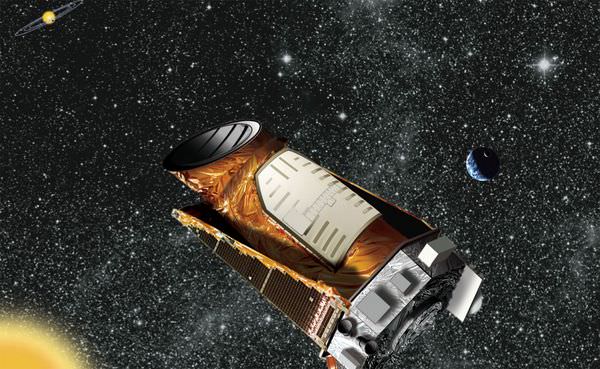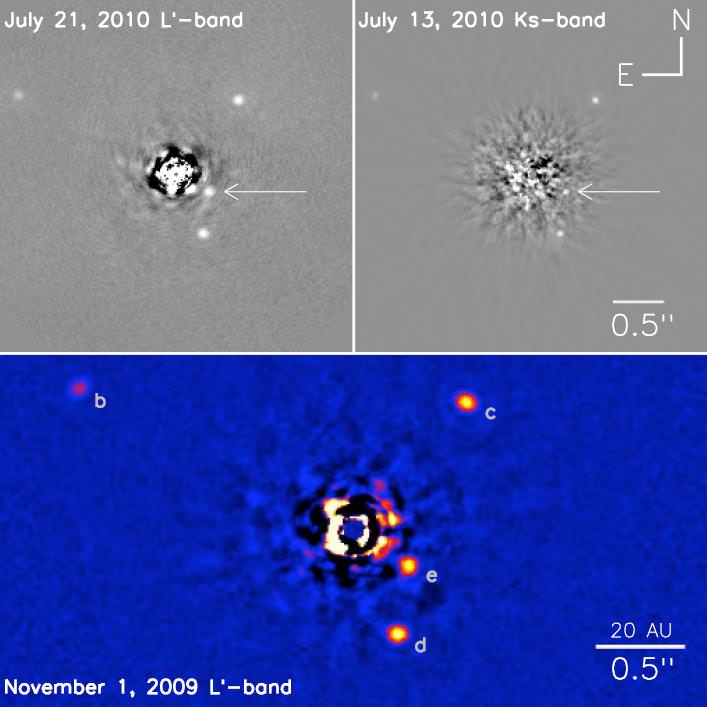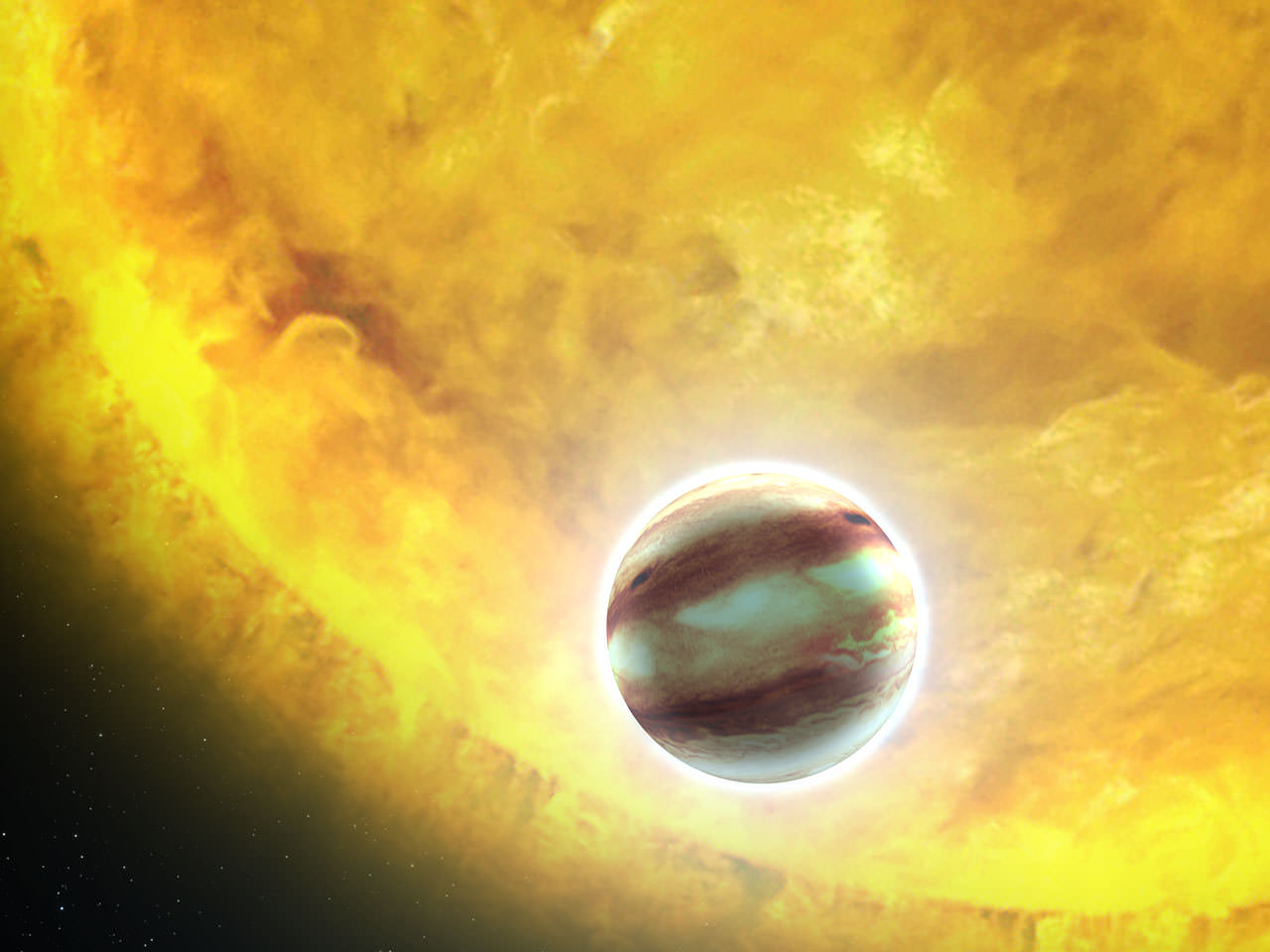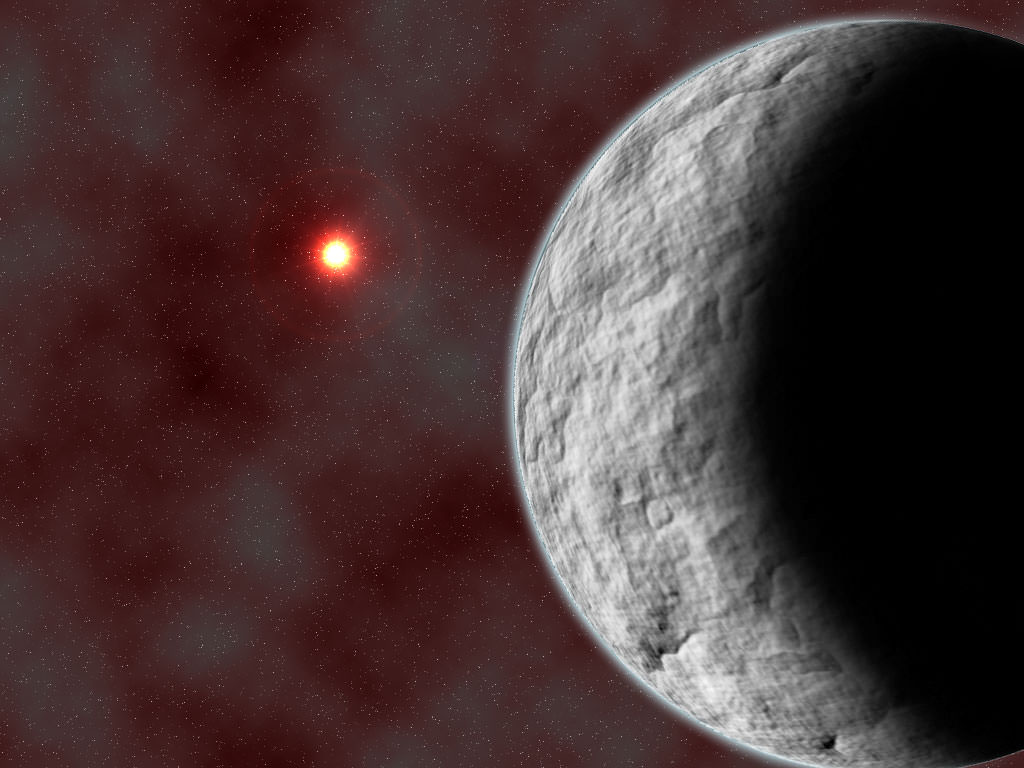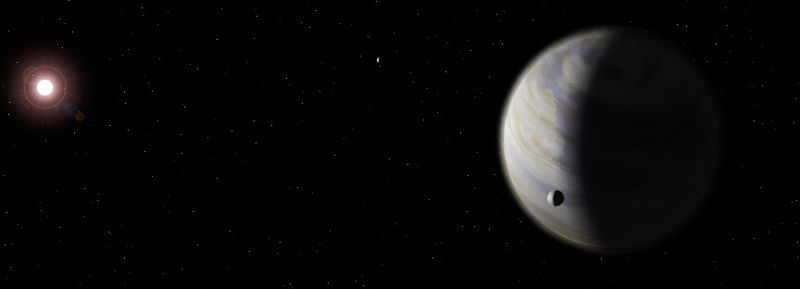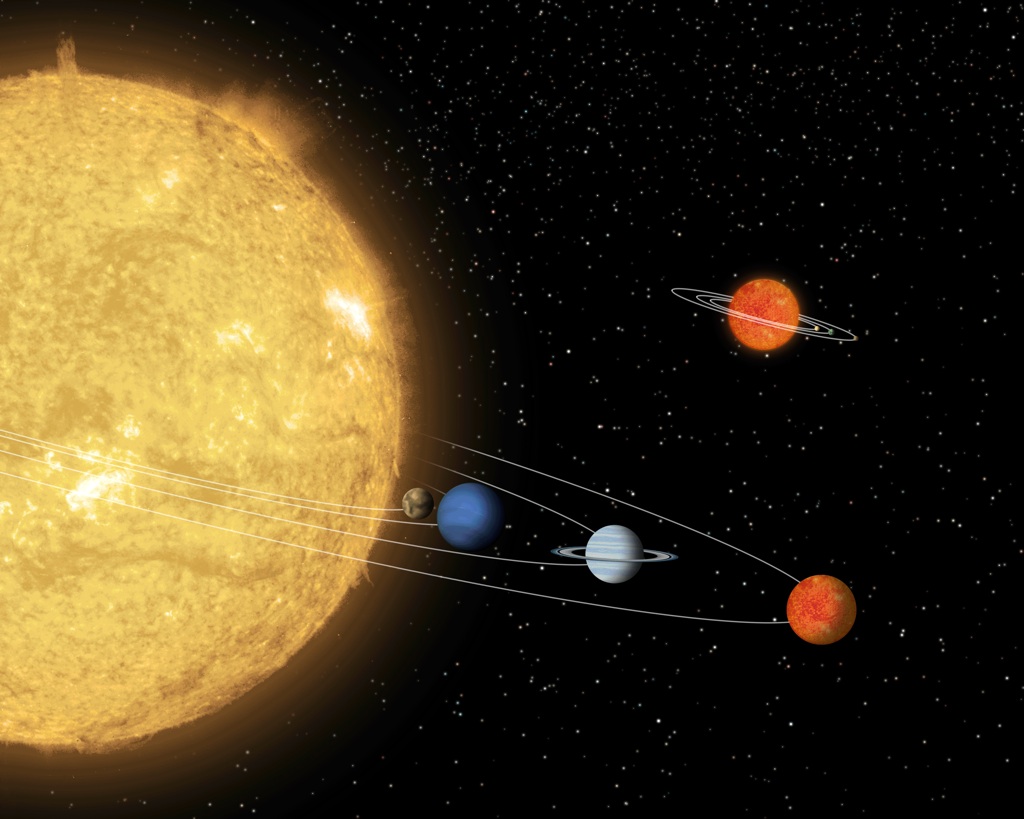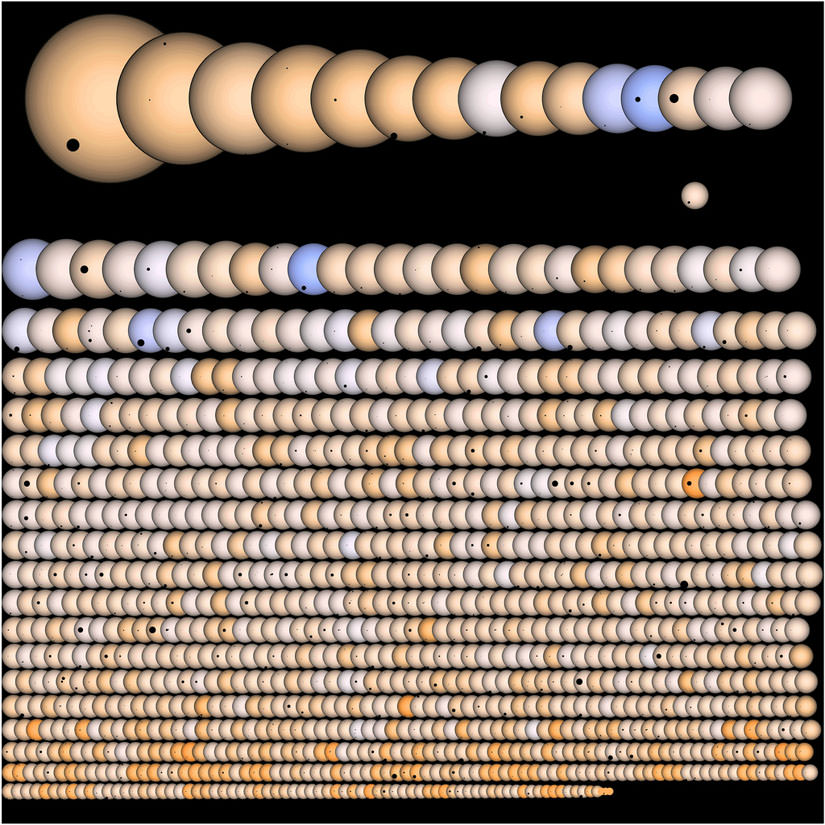On the road to planetary formation, the first step is an accretion disk around a proto-star. Such disks, known as proplyds, are frequently detected in star forming regions like the Orion nebula providing an understanding of the early life of planetary systems. The telltale hint that they exist is the warm infrared glow of the forming (or perhaps nearly formed) star heating the gas and dust, but although many have been detected this way, few have been observed with resolution that makes out any details on the disk itself. A new study aims to help add to the understanding of these systems with spatially resolved observations of two proplyds, including one already known to be host to a multiple planet system.
The two new systems under study are HD 107146 and HR 8799. The latter of these two systems is notable for having four known planets which have been directly imaged previously. HD 107146 is relatively close to our solar system, being only 28.5 pc away. This young star is similar to the Sun in mass and composition and is estimated to be somewhere between 80 and 200 million years young. Previous studies have examined this system’s disk and revealed that it is composed of nearly as much dust as there is gas, which means that much of the gas has likely been either accreted or stripped. Although not directly detected, the earlier studies have also suggested that the system may be hiding young planets. The evidence for this comes from possible banding in the disk. This is interpreted as similar to the rings and gaps in Saturn’s system, caused by shepherding moons, except in this case, the moon’s role would be fulfilled by planets creating resonances.
The new research, led by Meredith Hughes from the University of California, Berkeley, confirmed the presence of the disk around the star and found its brightness peaked at a distance of about 100 AU from the parent star (more than twice the average orbital distance of Pluto). Overall, their observations match models with a “broad ring extending from 50 to 170 AU”.
When looking at HR 8799’s disk, the team was given four nights, but due to poor weather, only one night’s worth of data from the Submillimeter Array atop Mauna Kea. The reduced amount of data left high uncertainties in the subsequent analysis. While the team attempted to search for banding that could induced by planets, the team was unable to find any. A study published earlier this year by a team at the University of Exeter also examined the HR 8799 disk and reported a slightly brighter clump on one side. The new study finds a similar clump but cautions that, due to the still poor observations of this system, the result may be suspect. A similar case happened when astronomers studied Vega’s dust disk and reported finding clumpy structure when it was, in reality, it was nothing but statistical noise.
These results, as well as the previous ones from the Exeter team and observations from Spitzer have suggested that the dust ring extends out to as far as 250 AU, and as far inwards as 80, but it is likely the inner radius is closer to 150 AU. If the inner radius is the correct value, this places it at roughly the limit that it could be shaped by the outermost planet HR 8799b which lies at just under 70 AU.


